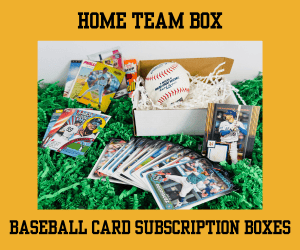For many collectors, sports card shows feels like stepping into a different world. Imagine walking into a large room where tables stretch as far as you can see. Each table is covered with binders full of commons, display cases glittering with high-end slabs, and boxes labeled “$1 each.” The air buzzes with deals being made, collectors swapping stories, and kids tugging at their parents’ sleeves to look at cards of their favorite players.
If you are used to buying cards online or from a local shop, the scale of even a modest show can be surprising. Unlike scrolling through a website, you can hold the cards, examine their condition, and talk directly with the sellers. A card show is also about community. The conversations you have often matter as much as the cards you buy.
But without preparation, it’s easy to feel lost or overwhelmed. You might overspend, miss out on deals, or accidentally break etiquette without realizing it. This guide will walk you through everything you need to know for your first show, from picking the right event to leaving with your cards safely stored.
Choosing the Right Card Show

Not all shows are created equal. A Saturday morning hotel ballroom show is a very different experience than The National Sports Collectors Convention, which fills stadium-sized spaces. Understanding the differences helps you decide where to begin.
Small local shows typically feature 20 to 50 tables. They are low-cost, easy to navigate, and friendly for beginners. Many of the dealers are hobby veterans who enjoy talking with new collectors. If you’re building a modern set or want to dig through bargain bins, these shows are perfect. You can also practice negotiating on inexpensive cards without feeling pressured.
Medium regional shows, often hosted in convention centers, attract 100 to 200 dealers. These events offer a mix of affordable cards and higher-end inventory. You might also find grading company booths where you can submit cards in person.
The National is the ultimate experience. Held annually, it brings together hundreds of dealers, grading companies, memorabilia sellers, and athletes for autographs. Walking the floor can take days, not hours. For first-time attendees, it can be overwhelming but unforgettable. Collectors describe The National as “the Super Bowl of card shows.”
When choosing your first show, ask yourself:
- What is my budget, including travel, lodging, food, and entry fees?
- Am I comfortable in large crowds, or would I prefer a smaller, more manageable setting?
- Do I want to focus on learning, or am I chasing a specific grail card?
- How far am I willing to travel?
For most collectors, a small or medium show offers the best entry point. Once you gain confidence, The National or other mega-events will feel less intimidating.
Come Prepared with a Wishlist and “Grail Card”
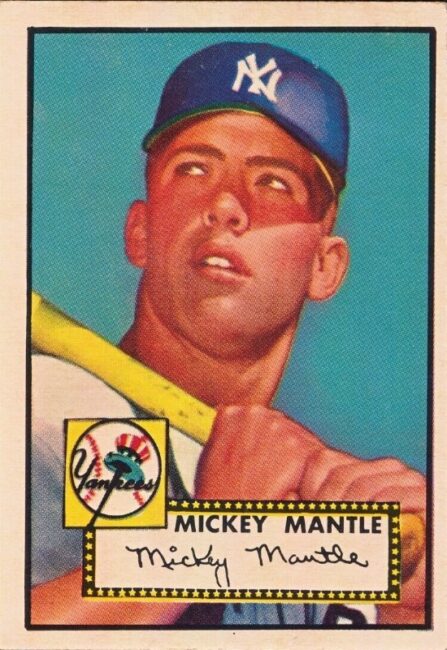
Walking into a show without a plan is like shopping hungry at the grocery store – you’ll end up with things you don’t need and regret later. That’s why a wishlist matters.
A wishlist should include the players, sets, or themes you collect. If you’re a team collector, jot down the years and card numbers you’re missing. If you’re chasing a vintage set, bring a printed checklist so you can quickly see what you need. Some collectors even keep spreadsheets on their phones to track condition, prices, and progress.
Then there’s the grail card. Every collector has one. It might be a 1952 Topps Mickey Mantle, a Derek Jeter rookie in high grade, or even a quirky oddball card from the 1980s. This is the one card you are chasing for your collection, above all others. You may not buy it at your first show, but knowing what it is helps you stay focused. If you see it in the right condition and at a fair price, you’ll know whether to strike or pass.
Having a wishlist and a grail card also improves negotiations. When a dealer sees you’re serious about specific items, they’re more likely to work with you than if you appear aimless.
Understanding How Sellers Price Cards
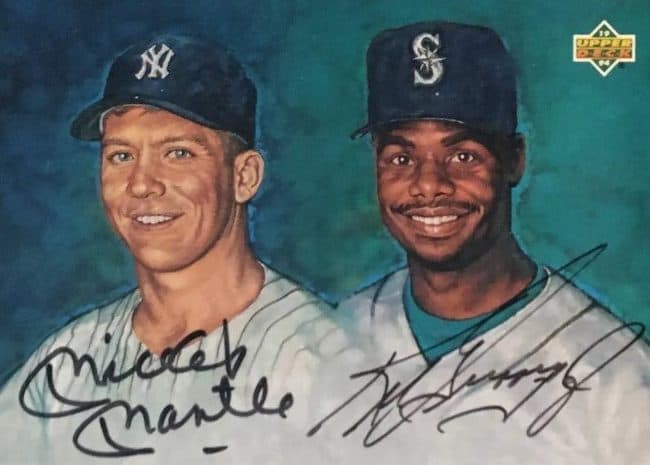
At first glance, show prices can be confusing. Some seem too high, others surprisingly low. The key is understanding comps – short for comparables.
Comps come from recent sales data, often pulled from eBay, Goldin Auctions, or platforms like Card Ladder and Market Movers. Dealers check what a card sold for recently and price slightly above that, leaving room for negotiation. For example, if a graded Ken Griffey Jr. rookie recently sold for $200, a dealer may list it at $225.
Keep in mind that sellers also have costs. Table rentals, travel, and card grading fees add up. They need to make a profit to stay in business. That’s why you’ll rarely see cards priced at or below the last comp right away.
Before attending a show, research your wishlist online. Take screenshots of recent sales or keep notes. This preparation helps you recognize fair prices on the spot and avoid overpaying.
Keep in mind, there is a big difference between what is for sale on eBay, and what has sold. A seller can list a card for any amount. That doesn’t mean it reflects the card’s worth. You need to look at the sold/completed auctions to find accurate comps.
How to Negotiate at a Show

Negotiating can feel awkward, but it’s part of the hobby. Most sellers expect it and build wiggle room into their prices. Still, negotiation is a skill that works best with respect.
Here’s how to approach it:
- Be polite. A simple “Would you take $80 for this instead of $100?” goes further than blunt demands.
- Make realistic offers. A 10-15 percent discount is usually fair. Offering half the asking price can shut down the conversation.
- Bundle purchases. Dealers are more likely to discount if you’re buying multiple cards.
- Know when to walk away. If the price isn’t right, thank the seller and move on.
Cash is your best friend at shows. Dealers avoid credit card processing fees – which are typically 3-4% of the total sale – so they may offer better deals when you pay with bills. Carry smaller denominations to make negotiations smoother. For example, having $20 bills instead of just $100s makes it easier to close deals quickly.
How to Store and Carry Your Cards at a Show
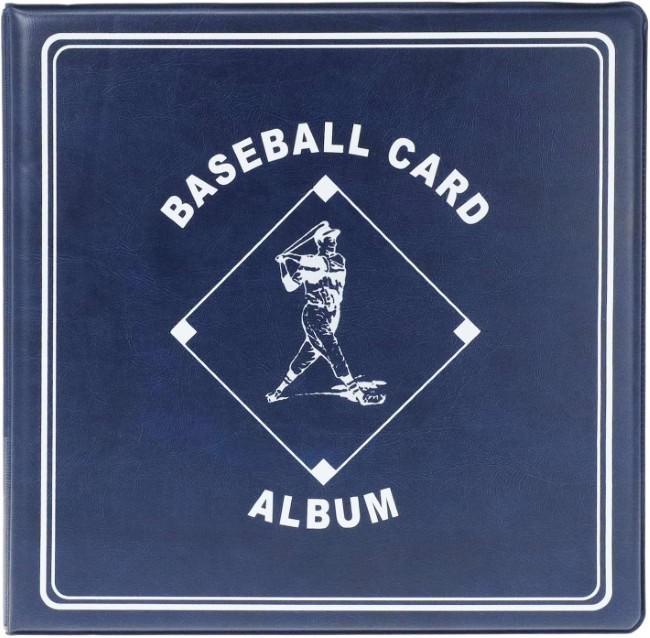
Organization keeps your cards safe and makes your day easier. For cards you want to trade or sell, a binder works well. Others can flip through it quickly, and you can see your inventory at a glance. For higher-value items, use top loaders, semi-rigid holders, or magnetic cases.
Carrying options matter too. Many collectors bring backpacks with padded compartments or specialized card cases. Some even use rolling bags for large purchases. If you plan to buy graded cards, consider a small plastic card case with foam inserts.
One rule stands above all: never shove cards loosely into a pocket or bag. Shows can be crowded, and bending or scratching a card can ruin its value. Treat your cards like investments – they deserve protection.
How to Stick to Your Budget
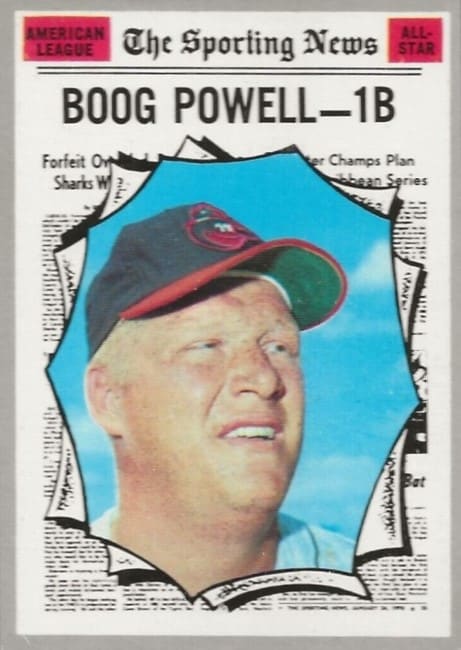
A card show can feel like a treasure hunt, but without a budget, you risk overspending. Decide your limit before walking in, and stick to it.
A helpful strategy is to divide your budget into categories:
- Wishlist and grail purchases
- Bargain bin or impulse buys
- Show-related expenses (entry, food, parking)
Some collectors even use envelopes with cash labeled for each category. Once the cash is gone, you stop spending in that area. Others set alerts on banking apps to track spending.
It’s tempting to blow your budget on the first cool card you see, but patience pays. Walk the floor before making big purchases. Chances are, you’ll find better deals or multiple sellers with the same card.
Tips for Interacting with Sellers and Other Collectors

Your first show isn’t just about cards – it’s about people. Building good relationships helps you enjoy the hobby more and sometimes opens doors to future deals.
Here are a few guidelines:
- Introduce yourself politely. Dealers remember repeat buyers and often offer them better deals.
- Tell sellers if you follow them on social media.
- Ask questions about a card’s history or condition. Many sellers enjoy sharing knowledge.
- Respect personal space. Shows get crowded, but don’t lean over other collectors or block tables for too long.
- Confirm show rules before trading with other collectors. Some shows restrict deals outside dealer tables.
The best collectors know that reputation matters. A friendly, respectful approach makes you someone others want to trade with again.
Do’s and Don’ts at Sports Card Shows
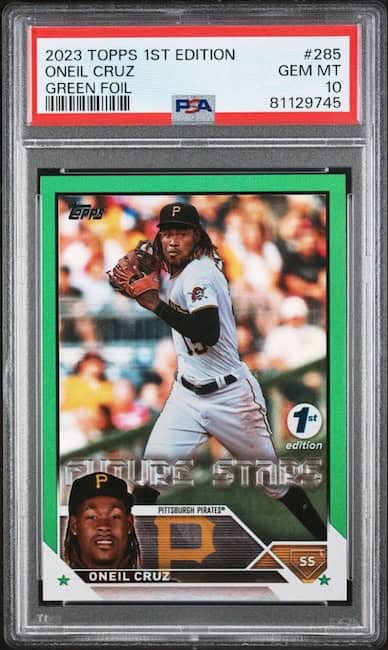
A little etiquette goes a long way.
Do:
- Research comps before arriving.
- Carry cash and small bills.
- Handle cards carefully, by the edges.
- Thank dealers even if you don’t buy.
Don’t:
- Block a table if you’re not buying.
- Negotiate aggressively to the point of rudeness.
- Expect a dealer to match the lowest eBay sale instantly.
- Trade with another collector if the show prohibits it.
Getting Autographs at a Card Show
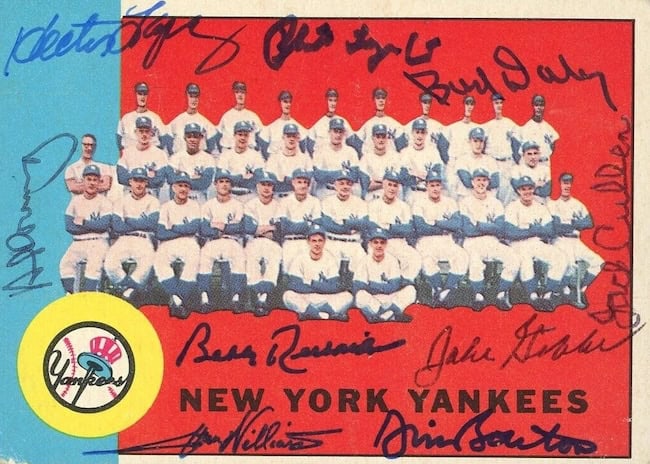
Many shows feature autograph guests, from retired legends to current stars. Getting an autograph can be a highlight, but it requires preparation.
First, check the show’s website or flyers to see who will sign and what the fees are. Prices vary widely based on the player’s fame. A Hall of Famer may charge $100 or more, while a lesser-known player might sign for $20. Some shows offer discounted fees for kids or special packages for multiple autographs.
Bring the right item to sign. Options include:
- Baseball cards (especially rookie cards)
- Baseballs or bats
- Photos
- Jerseys
If you bring a card, protect it in a semi-rigid holder before and after the signing. Some collectors also bring paint pens or Sharpies to ensure the autograph looks sharp. Some shows also sell items for you to get signed, so you don’t need to bring anything. Some shows will prohibit certain items, so check ahead of time first you’re bringing something outside the norm.
If you have a specific request, such as a color or location on the item, you can mark it with a sticky note. This is useful for items where you have a specific goal in mind, such as multi-signed items where the location of each signature matters.
Finally, arrive early for autograph lines. Popular players draw crowds, and tickets often sell out. Be respectful of the athlete and other fans – keep conversations brief and positive.
An autograph can add sentimental value to a card, but remember that condition still matters. If you plan to sell the signed card later, consider adding authentication from PSA/DNA, JSA, or Beckett to maximize value. These companies often attend large card shows and can authenticate an in-person autograph on the spot.
Additional Insights for First-Time Attendees
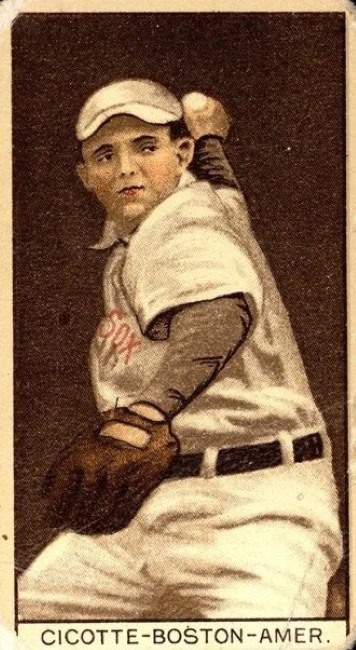
Time management is an underrated skill at shows. Large events can take hours to walk through, so wear comfortable shoes, bring a water bottle, and pace yourself. Take short breaks to avoid fatigue – decision-making suffers when you’re tired.
Another insider tip is to plan multiple visits if the show runs for several days. The first day lets you explore and get a sense of pricing. The second day can be focused on negotiations and purchases. Dealers sometimes lower prices late in the show to avoid hauling inventory home.
But don’t wait too long on rare items. A grail card can disappear quickly, and you may regret hesitating. Balancing patience with decisiveness is part of the fun.
Finally, remember that collecting is personal. Don’t chase trends or feel pressured to buy what others value. The best collections reflect your interests, whether that means Hall of Fame rookies, quirky oddballs, or modern parallels.
Conclusion
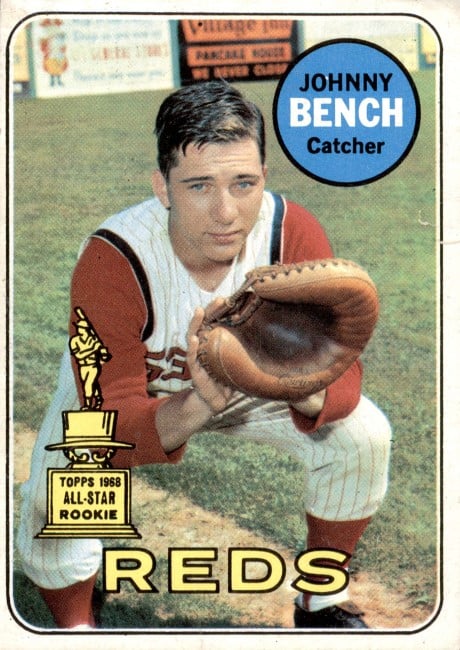
Your first card show is a milestone in the hobby. With preparation, a clear wishlist, knowledge of pricing, and respect for the etiquette of the event, you can enjoy the experience while finding cards that matter to you. Along the way, you’ll meet sellers and collectors who share your passion and may become part of your hobby journey for years to come.
Whether you leave with a grail card, an autograph, or just new knowledge, you’ll walk away with memories that make the hobby richer. Sports card shows are more than markets – they are gatherings of a community that keeps the love of collecting alive.

